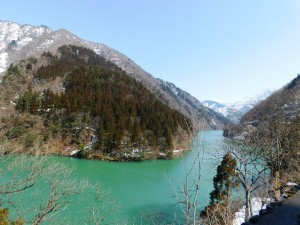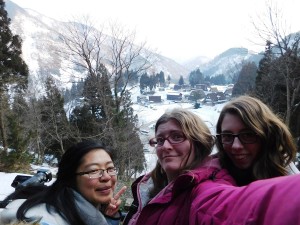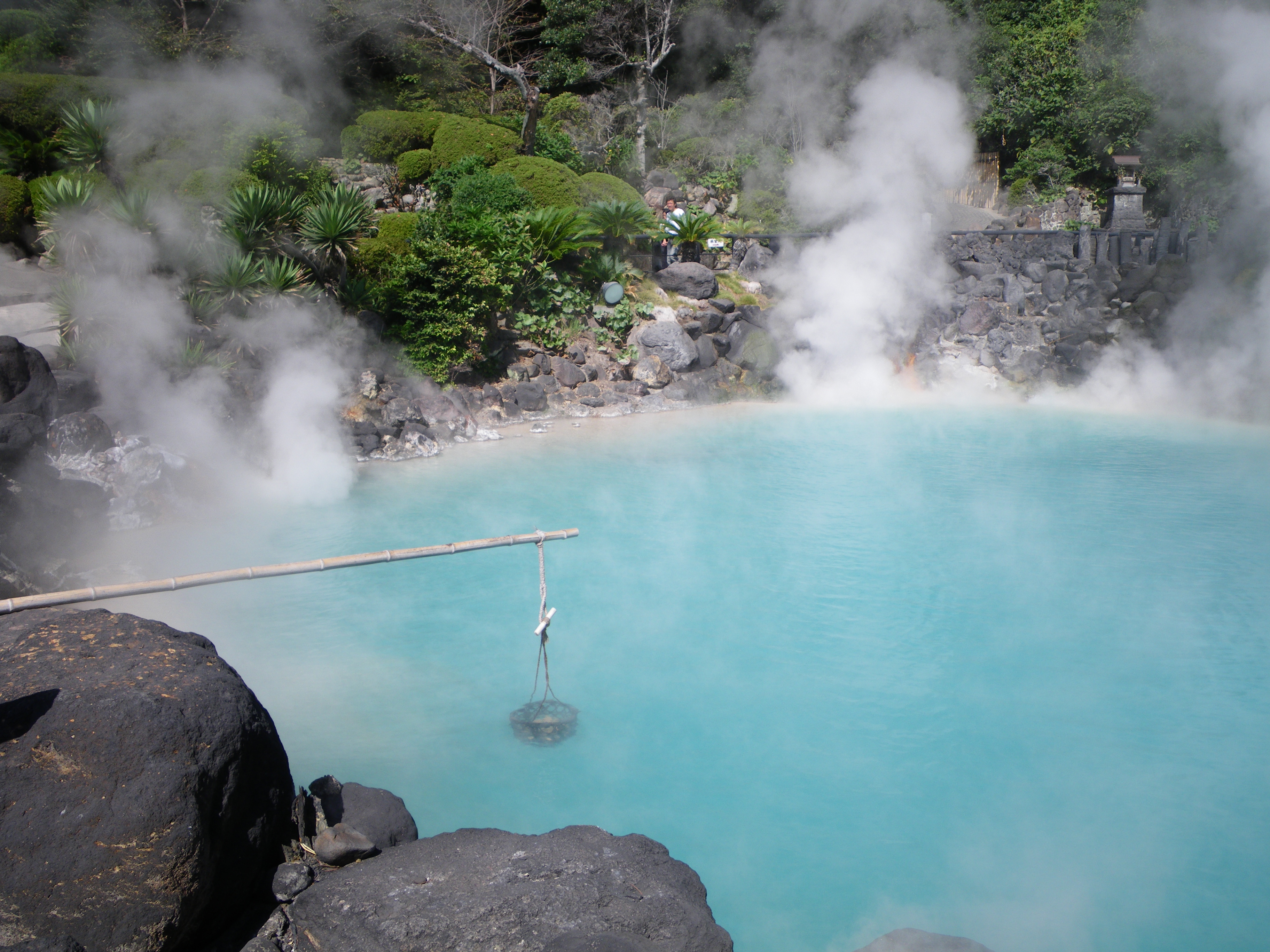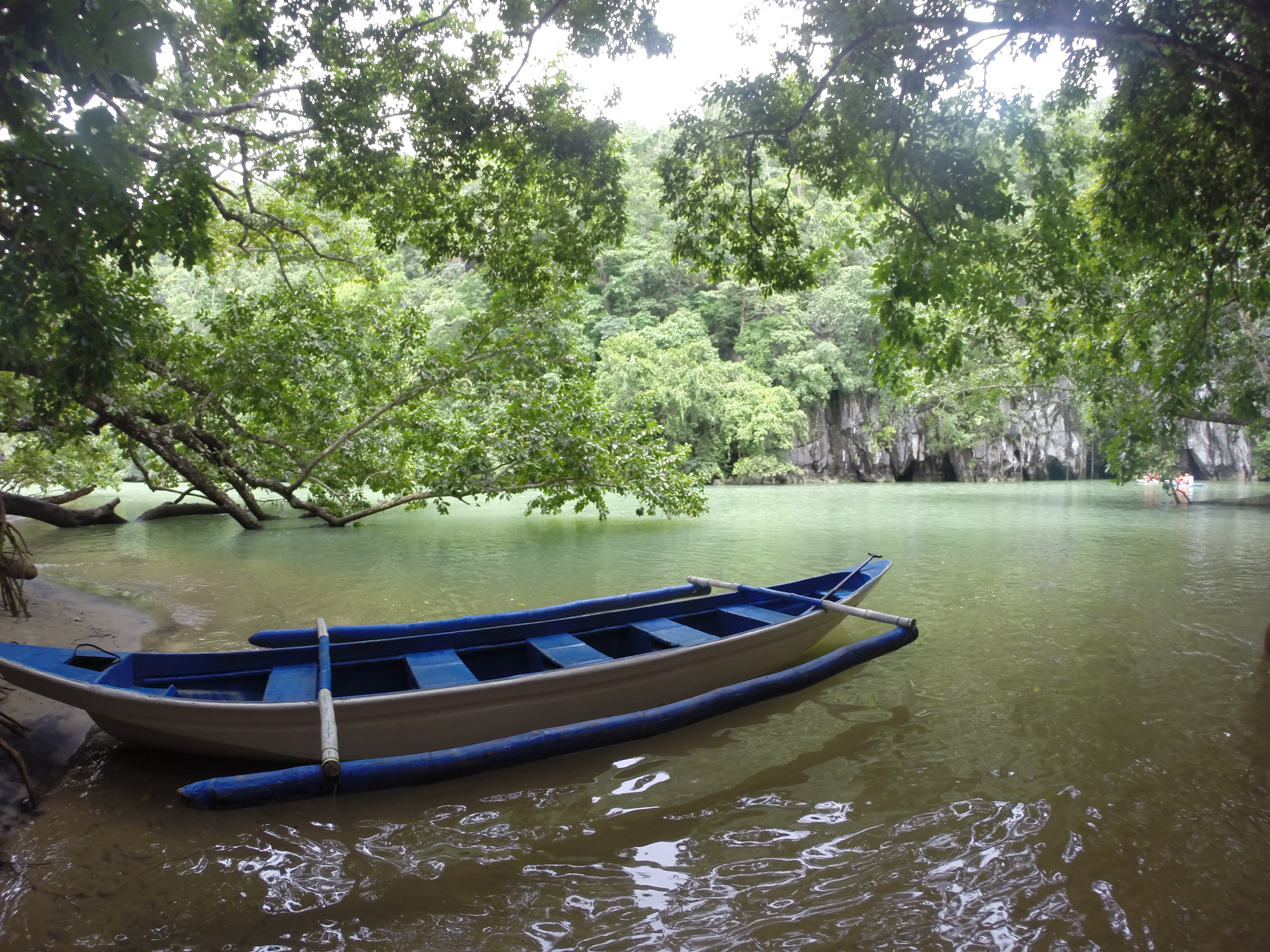Turkey Hearts: Ainokura and Suganuma
While the most famous of the UNESCO status gashou-zukuri villages is Shirakawa-go, nearby is Gokayama, which houses several intriguing locations. Of these, I recently traveled to Ainokura and Suganuma with two companions. As befits their World Heritage status, the houses have been remarkably preserved and there are seasonal celebrations at various points throughout the year.
Getting There and Around
You can make reservations for highway buses about a month in advance. Hankyu has a 5PM bus from Umeda if you can get there in time (as well as some amusing shops near its bus terminal).  JR also has an overnight option, though I find its website less intuitive.  You can buy tickets for either line at the last minute, but why subject yourself to the stress of wondering if it’ll be sold out? Also, don’t be a complete idiot like me and throw out your ticket at a rest stop. Alternatively, you can take the Thunderbird if you want a more flexible schedule, but this is the most expensive option at around twice as much for a round trip.
There are several buses you can use to get down to Shirakawa-go (and probably parts of Gokayama as well). The one we ended up riding was the World Heritage bus after training to Takaoka.  This is one of the easiest options as you don’t need a reservation to ride it! We first asked where to buy tickets at the Information Desk and were subsequently flagged down by the employee afterward to ask where we’re from. Another woman was wandering around us and kept asking us if we knew how to get to the proper platform. We found this strange until we realized that we’d somehow gotten it into our heads that the bus was half an hour later and had just missed it by a couple minutes. Once you actually get on, you can hop on and off freely between Ainokura and most other stops (just let the bus driver know ahead of time, and flag it down on the road it will go down). We were a little nervous about this when we went a little off the beaten path (by which I mean the listed bus stops), but our frantic waving intimated to the driver what we were after.
We stayed at a ‘minshuku’ called Yomoshiro. Unfamiliar with the term? Minshuku are family owned accommodations, and subsequently, their quality depends entirely on the effort of the owners. At Yomoshiro, the family is very kind and seeks to entertain and connect with their guests. Upon arriving, we were invited to sit in what you could call a living room and given a sweet and green tea. Fortunately, my companions are avid tea drinkers, so we were able to switch our cups with little notice. Dinner and breakfast was also included, and boy was it a ton of traditional Japanese food! After dinner, we were encouraged to watch the festivities, and once we returned, our futon, complete with a box of hot coals to keep us warm, were laid out for us. In the morning, after discovering we had plans of visiting an onsen, we were gifted coupons. All in all, I highly recommend the experience and found the steep price worth it.
In Suganuma, after shaking off some stalkers, we ate at Gorobe. The noodle dishes were quite enjoyable, from Tempura Soba to Nabe Udon. We also played several rounds of Hello Kitty MadLibs, which is always a great way to pass the time. Around the town, there are also a couple of shops, a closed up shrine (at least when we went), a tunnel to another side with museums (but it isn’t as cute as the other part), and the view with the water is absolutely breathtaking. If you go in the winter, making turkeys from handprints is entertaining, as is inserting a sculpted heart which you’ve been gifted by a dear friend.
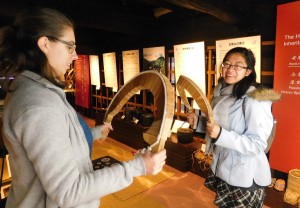 Ainokura, where we stayed, has a washi making experience from May to November; we wish we could’ve gone! Climbing up to the viewpoint to observe your subjects is fun but treacherous in the snow, especially for a clumsy and poor-footwear-choosing individual such as myself. The so-called Folklore Museum is highly recommended, and you can practice playing the sasara! Matsuya has a restaurant if you decide to stick around for lunch (when the minshuku do not provide a meal), and my companions enjoyed their zenzai. During the winter festival season, the houses are lit up and residents perform traditional songs and dances onstage. The illumination was beautiful despite the relative lack of snow, but I hope future years are blanketed further!
Ainokura, where we stayed, has a washi making experience from May to November; we wish we could’ve gone! Climbing up to the viewpoint to observe your subjects is fun but treacherous in the snow, especially for a clumsy and poor-footwear-choosing individual such as myself. The so-called Folklore Museum is highly recommended, and you can practice playing the sasara! Matsuya has a restaurant if you decide to stick around for lunch (when the minshuku do not provide a meal), and my companions enjoyed their zenzai. During the winter festival season, the houses are lit up and residents perform traditional songs and dances onstage. The illumination was beautiful despite the relative lack of snow, but I hope future years are blanketed further!
Last Minute Points
-Should you find yourself with extra time in Takaoka due to a misreading of the bus schedule, you can visit Zuiryuuji and a Daibutsu. You may also come across a swing set and decide to let out your inner child (while singing dorky songs, of course).
-An NHK reporter and cameraman may join you on the bus. And follow you off the bus. And film you exploring the village you have chosen. This was pretty off-putting for us, so we asked them to stop. I feel fairly confident they would have followed us into the restaurant at which we ate otherwise.
-Very near Suganuma is Kuroba Onsen. From the baths, you can see the spectacular river in the area. Especially if you get a discount from your lovely minshuku family, it is well worth the trip.
-ICOCA and other IC cards are not usable on Kanazawa’s trains. Apparently they are on buses.
The World Heritage villages are well worth visiting at least once, ideally during a seasonal celebration. Ainokura and Suganuma are both quieter than Shirakawa-go and may be better for those overwhelmed by too many bodies.
Brittany Teodorski


